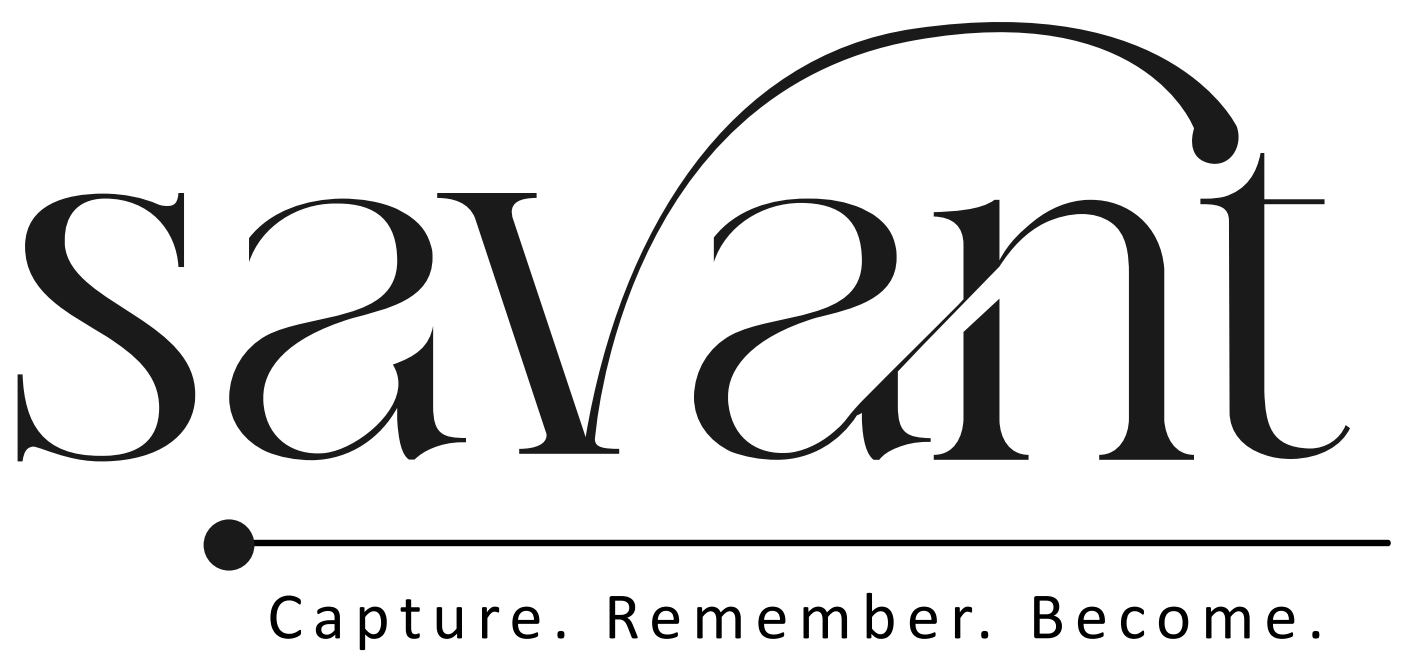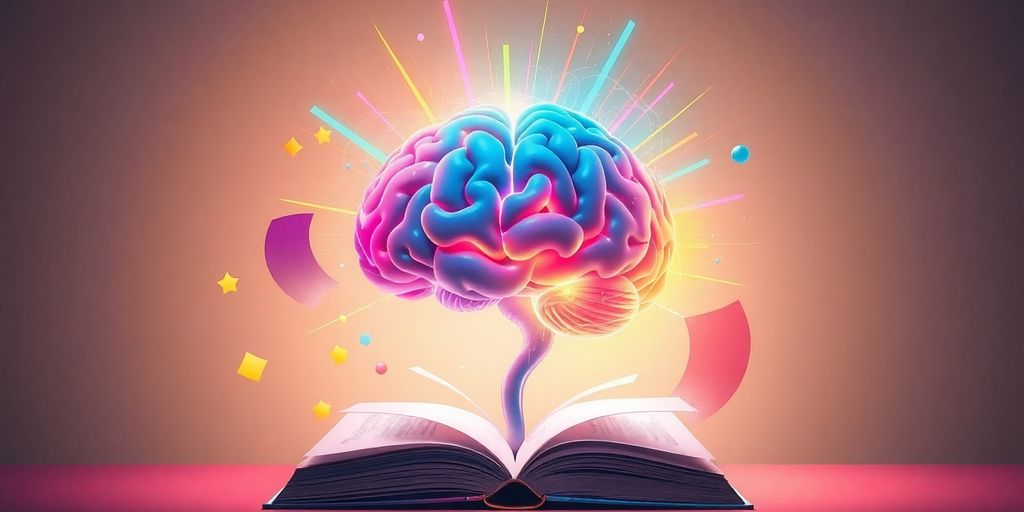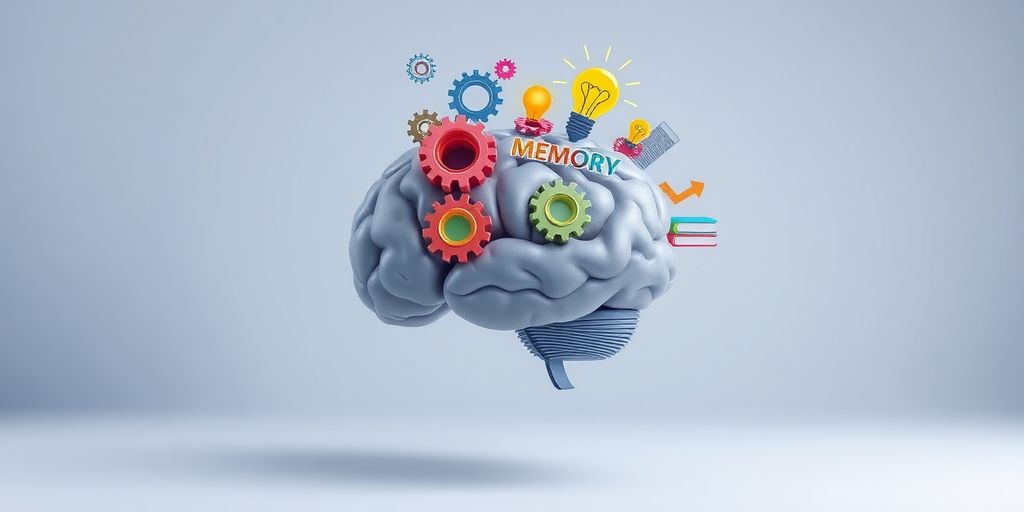Ever sit through a lecture or meeting and feel like everything just flies over your head? You’re not alone. Many people struggle to keep up with spoken information, which is why visual note-taking is a game-changer. By turning words into pictures, you can capture ideas in a way that sticks. It’s not about being an artist; it’s about making information make sense. Whether you’re a student or a working professional, learning how to take visual notes can seriously boost how you learn and remember stuff.
Key Takeaways
- Visual notes help you remember information better by turning words into images.
- You don’t need to be an artist to start taking visual notes; simple drawings work.
- Different methods like flowcharts or mind maps can suit different types of information.
- Tools can be digital or paper-based, depending on what you’re comfortable with.
- Regular practice and reviewing your notes can improve your visual note-taking skills.
Understanding Visual Notes and Their Benefits
What Are Visual Notes?
Visual notes, sometimes called sketchnotes, are a way of capturing information using a mix of drawings and words. They’re not just doodles; they’re purposeful and help us remember stuff better. Imagine combining a notebook with a sketchpad. That’s what visual notes are all about. By blending text and images, visual notes make information more engaging and easier to recall.
The Power of Visual Learning
Humans are naturally visual creatures. From ancient cave drawings to today’s emojis, we’ve always used visuals to communicate. Visual notes tap into this by turning complex ideas into simple sketches. This makes it easier to understand and remember things. When you see a picture with a few words, it’s like your brain says, "Oh, I get it!" It’s a powerful way to make learning stick.
How Visual Notes Enhance Retention
Ever notice how a picture stays in your mind longer than a bunch of words? That’s the magic of visual notes. They help you remember by linking images with concepts. When you draw something, even if it’s just a simple shape, you’re more likely to remember it. Plus, visual notes are fun! They break up the monotony of plain text and make learning more interactive.
Visual note-taking enhances audience influence, improves memory retention, and boosts comprehension, making it a powerful tool for effective communication and learning. Learn more
Visual notes aren’t just about making things look pretty. They’re a tool for better understanding and remembering information. So next time you’re in a lecture or reading something important, try sketching out your thoughts. You’ll be surprised at how much more you retain!
Exploring Different Visual Note-Taking Techniques
The Outline Method
So, you’re looking for a way to keep your notes neat and tidy? The Outline Method might be your go-to. This technique is all about structure. Think bullet points and headings. It’s perfect for when you need to break down complex ideas into digestible parts. You start with the main topic and then dive into subtopics, adding more detail as you go. This method is great for lectures or any situation where information is delivered in a linear fashion. It helps you see the relationship between ideas, making it easier to review later.
Visual Mapping Method
If you’re more of a visual person, the Visual Mapping Method could be your best friend. This method uses diagrams, boxes, and colors to connect ideas. It’s super handy for subjects with lots of interconnected concepts. Imagine drawing a web where each idea links to another. It’s like a map for your brain! This method not only helps in understanding complex topics but also makes your notes look pretty cool.
Flowchart Method
For those who love seeing how things flow, the Flowchart Method is a winner. It’s all about visualizing processes, sequences, and cause-effect relationships. Perfect for subjects that involve steps or processes, like science experiments or business workflows. You start with a main idea and then branch out to show how it connects to other concepts. This method makes it easy to follow the logic of a process and see where everything fits in.
"Visual note-taking isn’t just about making pretty notes. It’s about capturing the essence of the information in a way that makes sense to you."
Want to find the best note-taking method for you? Explore five effective note-taking methods to see which one fits your style. Each method has its perks, so try them out and see what clicks!
Tools and Materials for Effective Visual Note-Taking

Visual note-taking is a fun, creative way to capture information and ideas. Getting the right tools can make all the difference in how effective and enjoyable your note-taking sessions are. Let’s dive into some of the essentials.
Choosing the Right Paper
Picking the right paper is like choosing the perfect canvas for your art. Some folks prefer unruled journals or sketchbooks because they offer a blank slate to unleash creativity. Others might go for grid or dotted paper to help keep things organized. The key is finding what feels comfortable for you. Don’t hesitate to experiment with different types until you find your favorite.
Essential Drawing Tools
Having the right drawing tools is a game-changer. Here are some essentials:
- Pens and Pencils: A mix of fine-tip pens and mechanical pencils can give you the flexibility to draw and write with precision.
- Markers and Highlighters: Add some color to your notes with markers and highlighters. They can help emphasize key points and make your notes pop.
- Erasers: Don’t underestimate a good eraser. It’s handy for correcting mistakes and refining your sketches.
Digital vs. Analog Note-Taking
Deciding between digital and analog note-taking can be tough. Each has its perks:
- Analog: There’s something satisfying about putting pen to paper. It can be more personal and less distracting since there are no notifications to pull you away.
- Digital: Tablets and styluses open up a world of possibilities. You can easily edit, share, and store your notes. Plus, apps often offer tools like layers and color palettes to enhance your creativity.
Whether you choose digital or analog, remember that the best tools are the ones that suit your style and needs. Explore both and see which one clicks with you.
For more insights and tools on visual notetaking, check out this resource.
Customizing Your Visual Note-Taking Style
Identifying Your Learning Style
Figuring out your learning style is like discovering your secret weapon for effective note-taking. Everyone processes information differently, and knowing whether you’re a visual, auditory, or kinesthetic learner can make a world of difference. Visual learners, for example, thrive on diagrams and charts, while auditory learners might benefit more from listening to lectures or discussions. Understanding your learning style can help tailor your note-taking approach, making it more effective and enjoyable.
Incorporating Personal Elements
Your notes should be as unique as you are. Adding personal touches not only makes them more engaging but also aids in memory retention. Consider incorporating doodles, symbols, or even shorthand that only you understand. This personalization helps create a mental map of the information, making it easier to recall later. Remember, your notes are for you, so make them as quirky or as straightforward as you like.
Experimenting with Colors and Shapes
Colors and shapes aren’t just for making your notes pretty—they’re powerful tools for organization and emphasis. Use different colors to highlight key points or to separate different topics. Shapes can help categorize information or show relationships between concepts. Try out different combinations to see what catches your eye and makes the information stick. It’s all about finding what works best for you and discovering various note-taking methods that fit your learning style.
The Role of Active Listening in Note-Taking
Engaging with the Speaker
Active listening is like being fully present in a conversation. It’s not just about hearing words but really understanding them. When you’re in a lecture or meeting, try to make eye contact with the speaker. This shows you’re engaged and helps you focus. Being attentive can make a huge difference in what you retain.
Capturing Key Concepts
When you’re actively listening, you’re better at picking out the main ideas. Instead of trying to write down everything, focus on the big points. This way, you’re not just filling up your page but actually capturing what matters.
- Listen for repeated phrases or ideas.
- Pay attention to the speaker’s tone for emphasis.
- Note down questions that pop into your mind.
Linking Ideas to Existing Knowledge
Think of your brain as a web of ideas. When you hear something new, try to connect it to what you already know. This makes the information stick better. If a new concept reminds you of something familiar, jot it down.
Tip: Try to visualize these connections in your notes, maybe with arrows or diagrams. This not only helps in remembering but also in understanding the material more deeply.
Tips for Improving Your Visual Note-Taking Skills
Taking visual notes is more than just jotting down information. It’s about capturing ideas in a way that makes them easier to understand and remember. Here’s how you can get better at it:
Practice Regularly
Just like any skill, regular practice is key to mastering visual note-taking. Set aside time each week to practice. You might find it helpful to start with simple topics and gradually move to more complex ones. Consistency is your best friend here.
Review and Revise Your Notes
After you’ve taken your notes, don’t just forget about them. Go back and review them to reinforce what you’ve learned. Revising your notes can also help you spot any gaps in your understanding. Try summarizing the main points or adding new insights.
Seek Feedback and Inspiration
Don’t hesitate to show your notes to others. Getting feedback can provide new perspectives and ideas on how to improve. Plus, looking at how others take notes can spark inspiration. You can join communities or groups that focus on visual note-taking strategies to share and learn from each other.
"Your notes are a reflection of your understanding. Keep refining them, and they’ll serve you well in the long run."
Use Abbreviations and Symbols
Develop a set of abbreviations and symbols that work for you. This can speed up the note-taking process and make your notes more efficient. It’s like creating your own shorthand that only you understand.
Experiment with Formats
Don’t stick to just one format. Try different methods like flowcharts, mind maps, or even doodles. This not only makes note-taking fun but also helps you find what works best for different types of information.
Stay Engaged
Being actively engaged while taking notes is crucial. It helps you pick up on the most important points and makes the process more interactive. Listen actively and be present in the moment.
Personalize Your Notes
Make your notes personal. Use colors, drawings, or any elements that make them uniquely yours. This personalization can make your notes more engaging and easier to remember. Remember, your notes are for you, so make them work for you!
Sharing and Collaborating on Visual Notes
Creating a Visual Library
Building a visual library is like having a personal treasure trove of ideas and inspiration. Start by organizing your visual notes into categories that make sense to you—maybe by topic, date, or even color. This makes it easier to find what you need when you need it. You can use binders, digital folders, or even a dedicated notebook. Don’t forget to revisit and update your library regularly to keep it fresh and relevant.
Using Social Media for Sharing
Social media isn’t just for selfies and food pics—it’s a fantastic platform for sharing your visual notes with a wider audience. Platforms like Instagram and Pinterest are great for showcasing your creativity. When you share your notes, you’re not just displaying your work; you’re inviting feedback and starting conversations. Here’s a quick tip: Use hashtags relevant to your content to reach people who are interested in the same topics.
Collaborative Note-Taking Techniques
Collaborative note-taking can be a game-changer, especially in group settings like workshops or team meetings. Try using digital tools like Google Jamboard or Miro, which allow multiple users to contribute in real time. You can also organize a note-taking session where everyone brings their unique style to the table. This not only enriches the notes but also fosters a sense of community and shared learning.
Visual notes are not just about capturing information; they’re about creating a shared language that everyone can understand. By collaborating, you open up new possibilities for learning and creativity.
Conclusion
So there you have it, folks! Visual note-taking isn’t just a fancy way to doodle; it’s a powerful tool for learning and remembering stuff. Whether you’re in a classroom, a meeting, or just trying to keep track of your thoughts, sketching out your notes can make a big difference. It’s all about finding what works for you and having fun with it. Don’t worry if your drawings aren’t perfect—it’s the process that counts. Keep practicing, and you’ll see improvement over time. Happy note-taking!
Frequently Asked Questions
What exactly are visual notes?
Visual notes, also called sketchnotes, are a way to keep track of information using drawings and words. It’s like making a picture of what you’re learning to help remember it better.
Why should I try visual note-taking?
Visual note-taking helps you remember things more easily because it uses pictures and words to make the information stick in your mind. It’s great for people who like to see things to understand them.
Do I need to be good at drawing to take visual notes?
No, you don’t need to be an artist! Simple shapes and lines can be very effective. The goal is to make notes that help you remember, not to create perfect drawings.
What tools do I need to start visual note-taking?
You can start with just paper and a pen or pencil. Some people like to use colored markers or digital tablets, but it’s up to you and what you find fun to use.
How can I get better at visual note-taking?
Practice is key! Try taking visual notes regularly, review them, and ask for feedback from others. Experiment with different styles and techniques to see what works best for you.
Can I share my visual notes with others?
Yes! You can share your notes with friends or classmates to help each other learn. You can also use social media to share your notes and get new ideas from others.






